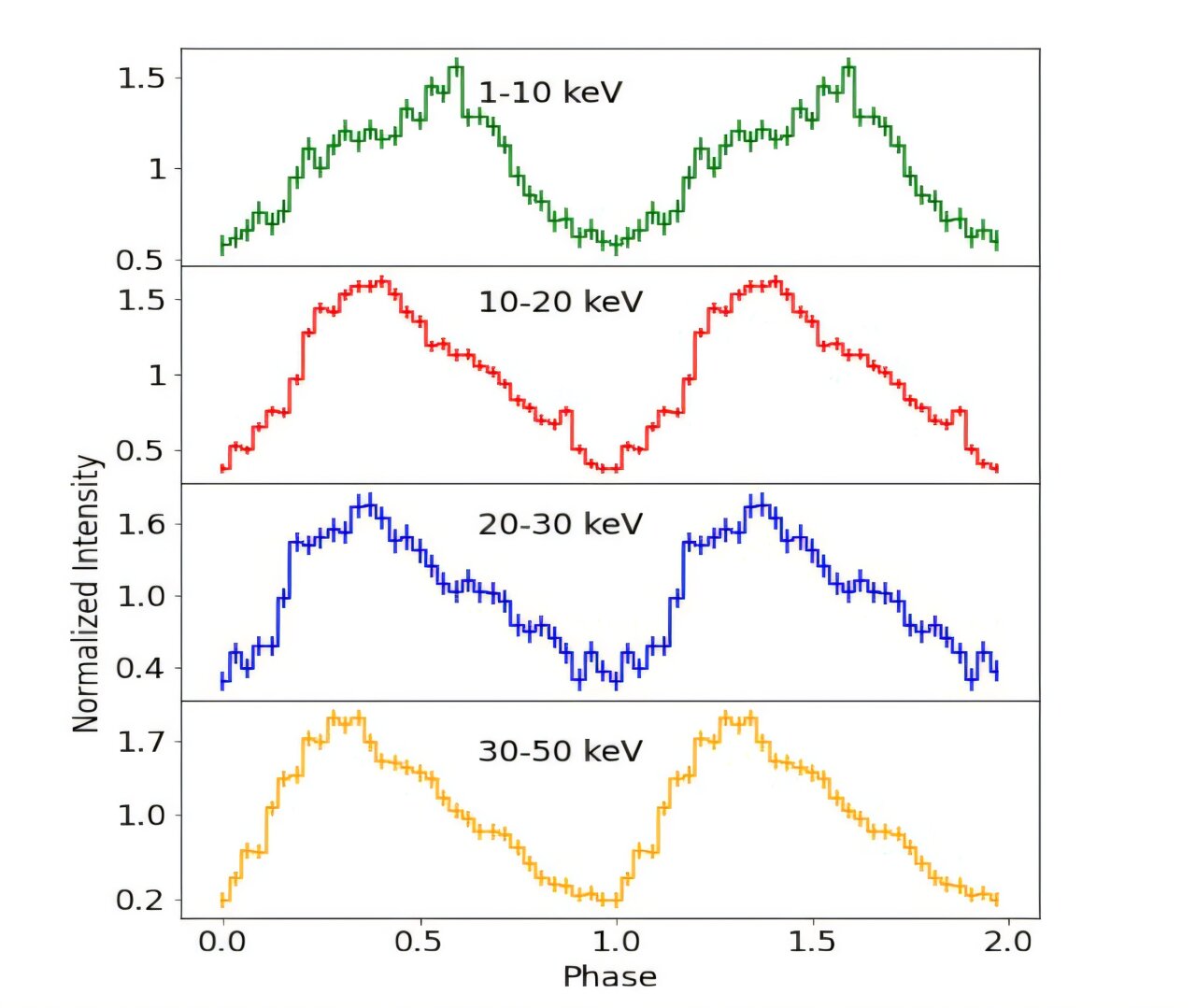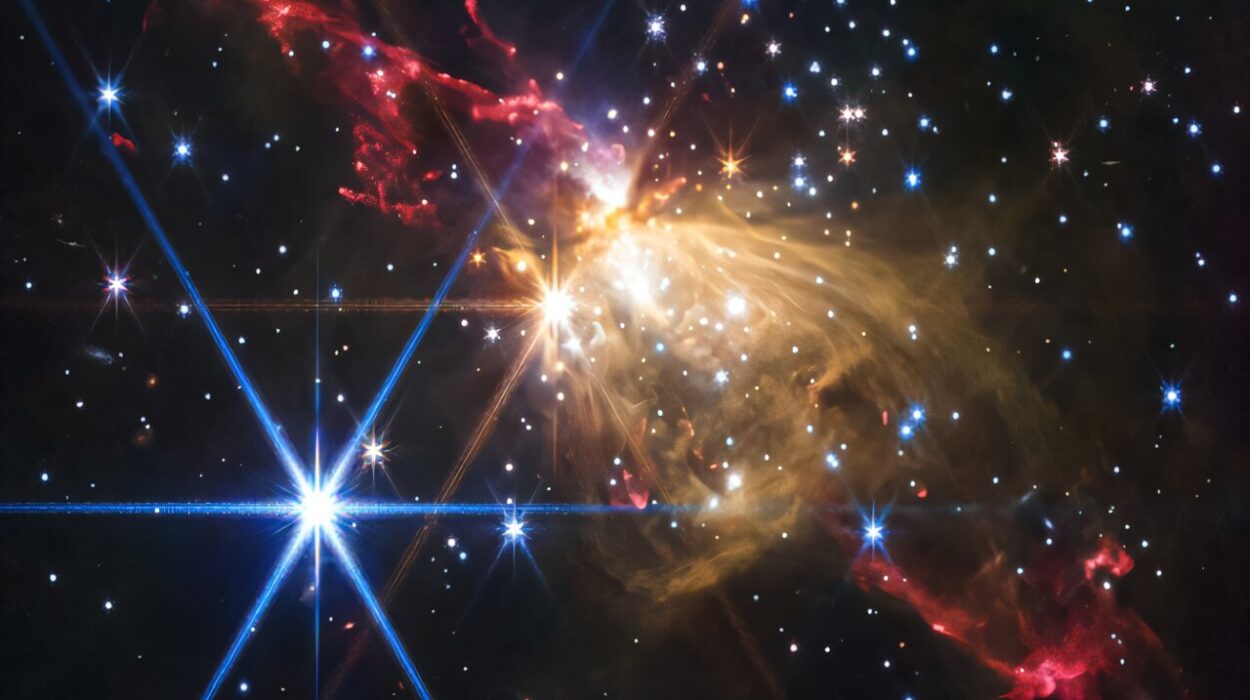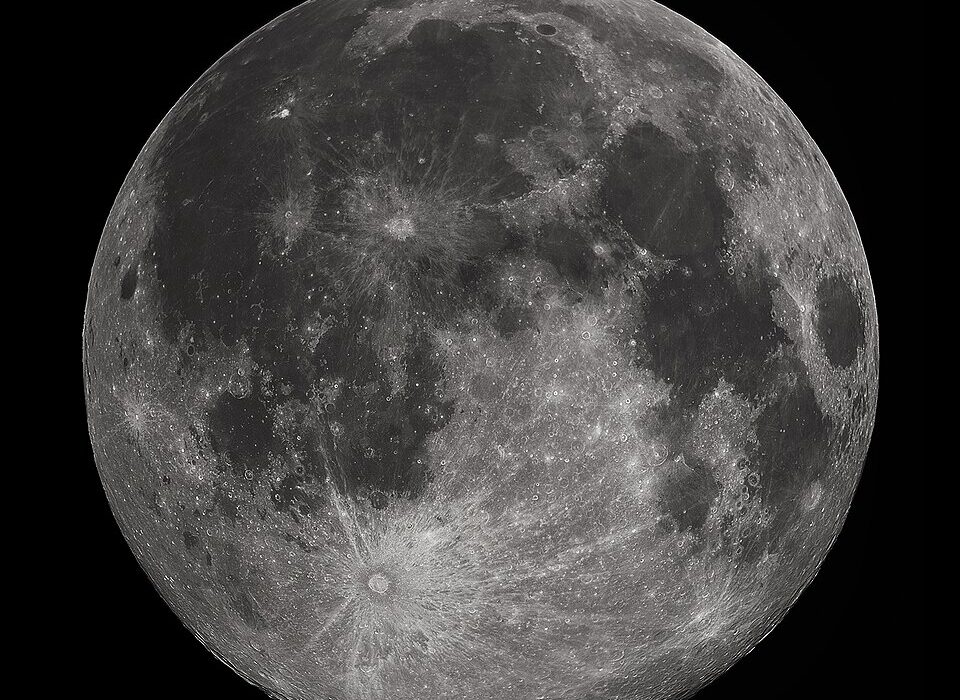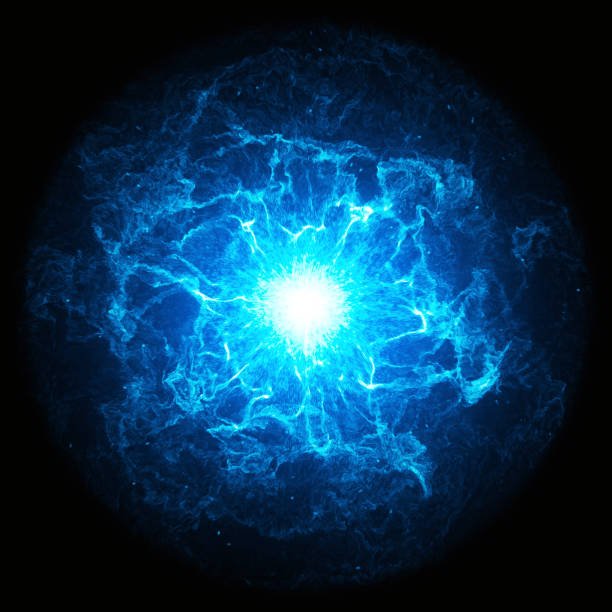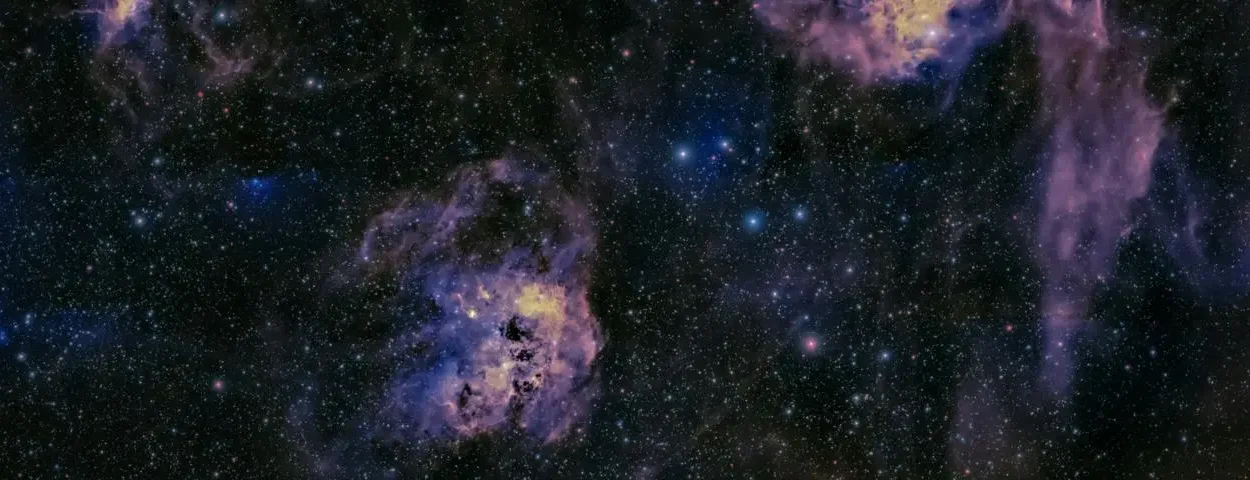High above the Earth, aboard a satellite orbiting in silence, a Chinese space telescope has been peering deep into the cosmos—watching a flickering beacon that pulses every 12.4 seconds from the dark vastness of our galaxy. The telescope is called the Hard X-ray Modulation Telescope (HXMT), also known as “Insight.” And the star system it’s been observing, IGR J19294+1816, is anything but ordinary.
This distant binary system, buried in the dense stellar backdrop of our Milky Way about 36,000 light-years from Earth, has just offered up a new celestial puzzle. Chinese astronomers have discovered a set of rhythmic X-ray pulses known as quasi-periodic oscillations (QPOs) emanating from the system—a phenomenon that could help unlock long-standing mysteries about how matter behaves in the crushing grip of a neutron star’s magnetic field.
The findings, published on June 6 via the arXiv preprint server by astronomers Wen Yang and Wei Wang from Wuhan University, add an intriguing layer to our understanding of how stars die, how they feed, and how their leftover cores can warp space and time with their immense gravity and magnetic might.
Echoes from a Celestial Cannibal
IGR J19294+1816 is what astronomers call a Be/X-ray binary—a member of a wild and fascinating family of star systems where a massive, fast-spinning Be star shares a turbulent relationship with a neutron star, the ultra-dense remnant of a long-dead giant. These binaries are notorious for their sporadic outbursts of high-energy radiation, driven by episodes of violent mass transfer.
In simple terms, the neutron star feeds—sometimes greedily—off gas and material ejected by its massive companion. This accretion process creates an X-ray-emitting disk around the neutron star. From Earth, we can’t see the stars directly, but we can detect their high-energy emissions using telescopes like HXMT, which is specifically designed to observe the universe in hard X-rays, a particularly penetrating form of radiation.
What makes this recent study so exciting is that the neutron star in IGR J19294+1816 isn’t just gobbling up matter in silence. It’s humming—producing subtle but measurable ripples in its X-ray output, repeating with a strange rhythm across time and energy bands. These are the QPOs.
Listening to the Pulse of a Star
In their observations, the scientists found a prominent QPO at around 30.2 millihertz (mHz)—that’s roughly one oscillation every 33 seconds—in the energy range between 10 and 50 kiloelectronvolts (keV). Not only that, they detected two additional oscillations at 51.1 mHz and 113.7 mHz in the 25–50 keV range.
These variations weren’t random. The team used sophisticated tools like power density spectra and wavelet analysis to tease out the repeating patterns from background noise, confirming that these X-ray pulses were not just statistical flukes. Each had a measurable strength (or root-mean-square amplitude), and a “quality factor”—a measure of how sharply defined and persistent the oscillation was.
“The ∼30 mHz QPO feature with ∼10% rms and quality factor of ∼8 is detected in the power density spectra and wavelet power spectra,” the researchers noted, explaining that the strength of the signal increased with energy—suggesting something energetic and dynamic was at play in the heart of the accretion disk.
A Precessing Magnetic Whirl
But what’s causing this rhythmic flickering? It’s not the pulsar’s spin—that’s already well-known to be 12.4 seconds. These new signals are something else, layered on top of the system’s existing pulsations, arising from deeper complexities in the disk itself.
Wen and Wang offer a compelling hypothesis: magnetic disk precession.
In this model, the inner regions of the accretion disk—the swirling maelstrom of matter spiraling into the neutron star—are torqued and twisted by the magnetic field of the star itself. Over time, this region begins to wobble, or precess, like a tilted spinning top. The result is a low-frequency, quasi-periodic modulation in the X-rays we observe—a kind of cosmic heartbeat driven by magnetic tension and fluid instability.
This idea isn’t new, but evidence for it has been elusive. The new findings from IGR J19294+1816 offer a tantalizing clue that this process might be more common than once believed, particularly in Be/X-ray binaries like this one.
“Under typical conditions in X-ray pulsars,” the team writes, “these torques can overcome viscous damping, allowing the precessional instability to develop and potentially give rise to mHz QPOs.”
Why It Matters
To most people, a 30 mHz wiggle in a far-off X-ray signal might seem like a cosmic footnote. But to astrophysicists, it’s a window into one of the universe’s most extreme environments.
Neutron stars are some of the densest objects in existence—so dense that a teaspoon of their matter would weigh more than a billion tons. The space around them is warped by gravity, magnetism, and radiation in ways we can scarcely imagine. By studying the X-rays they emit, scientists can probe the physics of matter under conditions that no laboratory on Earth can reproduce.
QPOs, in particular, serve as natural seismographs for these systems. They offer clues about the structure of accretion disks, the geometry of magnetic fields, and the behaviors of matter under immense stress. And because they vary in both time and energy, they provide a multidimensional fingerprint of processes occurring just miles above the neutron star’s surface.
A Telescope with Vision—and Legacy
China’s HXMT, launched in 2017, continues to prove its value as a critical tool in X-ray astronomy. While NASA’s NICER and ESA’s XMM-Newton also contribute to this field, HXMT’s unique sensitivity to high-energy X-rays gives it an edge in studying systems like IGR J19294+1816.
As more data roll in, astronomers hope to build a broader catalog of QPO behavior across different types of X-ray binaries. Each detection helps refine our models and deepen our grasp of how the most exotic objects in the cosmos interact with their environment.
IGR J19294+1816, once just a blip discovered during an outburst in 2009, is now part of that deeper story. Its flickers tell of a system in tension—of gravity battling magnetism, of matter flowing and spiraling inward, and of a dying star that still exerts a powerful influence across space and time.
A Symphony in the Stars
The universe is noisy—but it’s a noise filled with meaning. From the pulsed hum of neutron stars to the gravitational ripples of colliding black holes, we are beginning to hear the music of the cosmos in ways never before possible.
Thanks to the work of astronomers like Wen Yang and Wei Wang, and the power of instruments like HXMT, we’re not just listening—we’re starting to understand.
Some 36,000 light-years from Earth, a neutron star spins in silence. But in its silence, it sings. And now, we can hear it.
Reference: Wen Yang et al, Detection of multiple X-ray quasi-periodic oscillations in IGR J19294+1816 with Insight-HXMT, arXiv (2025). DOI: 10.48550/arxiv.2506.05771
